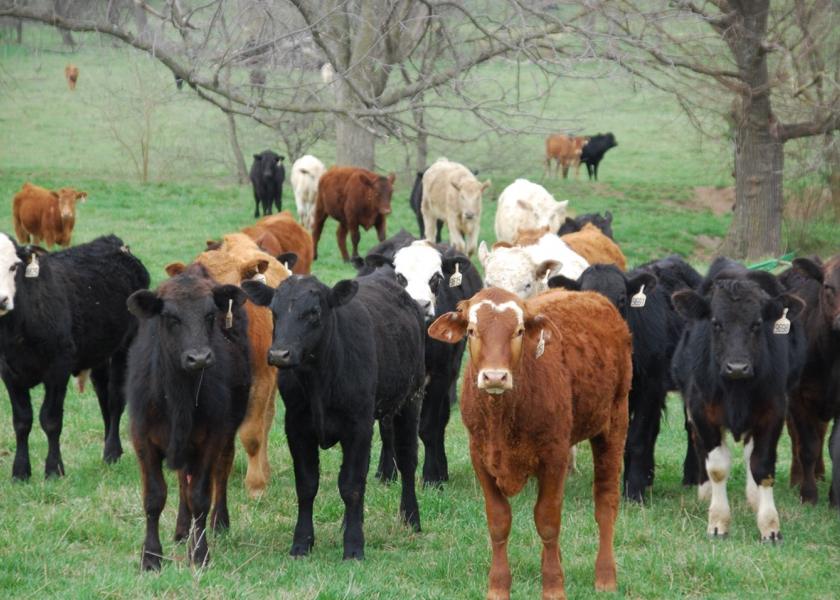Mindful Management Helps Master Mycoplasma bovis

Proper herd health, weaning strategies key in combating cattle respiratory issues
Cattleman Mike Eason knows the value of a sound herd health program. Proper immunization at the cow–calf level can help ward off the potential for respiratory diseases and other health issues once weaned calves head to stocker operations and feedlots.
As manager of Pogue Cattle Company in Sulphur Springs, Texas, the 27-year veteran cattleman has seen his share of respiratory issues. The operation he oversees maintains a cow–calf herd as well as a grow yard and stocker grazing cattle.
Because Mycoplasma bovis (M. bovis) often manifests slowly in cattle, it can be especially challenging for cattlemen like Eason to handle. He says staying on top of herd vaccinations at the cow–calf level is key to managing the disease at the next stage of the production chain.
“The most important thing is to really keep a close eye on your herd,” Eason explains. “You’re not always going to see the beginning signs of a Mycoplasma.”
Slow-Moving Sickness
Mycoplasma bovis (M. bovis) typically presents much differently than Mannheimia and other aggressive types of pneumonia in cattle. According to Zoetis Technical Services Veterinarian Dr. Dan Scruggs, infected animals don’t tend to be as sick early in the disease.
“Mycoplasma comes on very slowly, so a lot of times, those cattle are not put on treatment real early in the course of the disease,” Scruggs explains. “Consequently, that affects their ability to respond, and more commonly, you see Mycoplasma develop into a more chronic pneumonia.”
Scruggs says affected animals can be slow starters at the bunk. He adds that those animals may later show more obvious signs of sickness, such as a dry, hacking cough.
That’s why both Eason and Scruggs say getting calves bunk broke and administering proper immunizations both pre- and post-weaning goes a long way in protecting them from M. bovis.
“Anything you can do to augment that calf adaptability to the feedyard is a big step forward to controlling Mycoplasma,” Scruggs says.
Staying Ahead of the Curve
“Ninety percent of the cattle that come in (to our operation) are carriers of two things: coccidiosis and Mycoplasma,” Eason says. “The problem is, you just won’t see it when you’re receiving them, so we start early on trying to treat for those things that we’re not seeing and really promote herd health.”
Because the sequence of disease is complicated for M. bovis, and its contributing factors aren’t all clearly defined, issues in most calves are stress-induced. In some cases, the disease can migrate from the lungs to joints several weeks after a bout of pneumonia. M. bovis can also be a primary cause of chronic bovine respiratory disease (BRD) because of how the bacteria attacks and persists in the lungs.
“We can mitigate it through routine management practices,” Scruggs says. “If you look at the poster children for M. bovis, those that are highly commingled, thin conditioned, weaned-on- the-truck-type of cattle that are most at risk.”
While long-acting medications like Draxxin® (tulathromycin injection) can be effective in combating the disease, Scruggs encourages cattlemen to work with their local veterinarian to make sure you select the right antimicrobial to address the issues you’re facing.
According to Eason, patience is key in recouping those affected. “To be successful in overcoming M. bovis, you must focus your day on the bottom 20% of the herd instead of the top 20%.”







